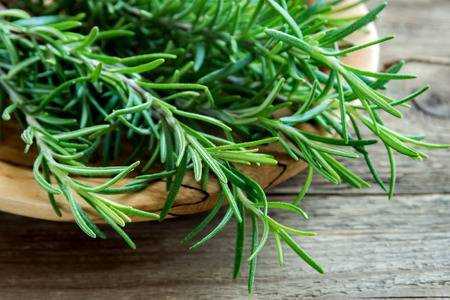
Using Rosemary for Horses
Share
Rosemary has been used since ancient times for both its flavor and its medicinal qualities. It is high in vitamin A, B-complex vitamins, folic acid, and vitamin C. It has been used for everything from improving memory to stimulating circulation in the herbal horse. The many minerals contained in these tiny leaves make it a nutritionally complex plant that can calm the digestive system, protect liver cells from disease and alleviate rheumatism pain.
Buy here our organic Joint Relief for horses.
For herbal horses, the scent of rosemary is useful for repelling flies. Essential oil from rosemary leaves is often used in horse shampoos and skin products to cleanse the skin and hair and repel insects. A homemade fly repellant for horses is made with rosemary leaves, lemons, and water. Lemon and rosemary steeped into boiling water and left overnight can create a mild insect repellant that can be sprayed onto a horse to keep bothersome flies at bay.
How to Grow Rosemary
Rosemary will grow from cuttings or from small plants bought from a nursery. They do not grow well from seeds. If you want to grow a new plant from a cutting, cut an 8-inch cutting from the plant during spring or summer, dip it in rooting powder and plant it in potting soil to allow it to form roots. Keep the soil slightly damp, and it will be ready to transplant in about a month.
Rosemary needs a partial-sun location. If you live in a cold climate, consider planting it in a large outdoor container that can be moved indoors during the coldest parts of the winter. Rosemary can tolerate some below-freezing nights, but it will be damaged by long periods of below-freezing temperatures. To help guard outdoor rosemary against cold nights, pile 3 inches of mulch around the base of the plant to protect the roots from the cold. This is also useful in hot climates for keeping the roots from becoming overheated.

Rosemary needs a well-draining soil to grow well. If you have thick clay soil, break it up with a spade and add compost or potting soil to the mixture. For particularly thick soils, adding sand will further improve the drainage.
Your outdoor plant won’t need to be watered often unless you live in a dry climate. The soil should become completely dry in between waterings. If you receive regular rainfall, this will be enough to keep your plant watered. Each spring, apply fertilizer to the soil around the plant and water it to allow the fertilizer to soak into the soil. Once you have an established plant, you can snip off leaves and stems as you need them. However, always leave some on the plant to allow it to continue growing.

